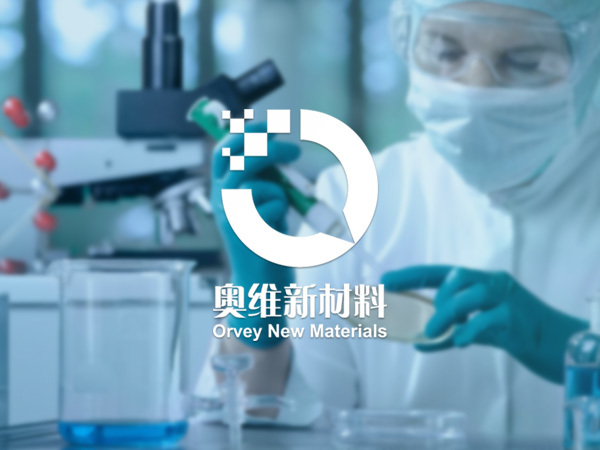Activated alumina defluorination regeneration wastewater treatment method
Release time:
Jun 19,2020
At present, the main methods for removing fluoride from fluorine-containing water include adsorption, electrocoagulation, reverse osmosis, ion exchange, chemical precipitation, and coagulation sedimentation. Among these methods. In the process of fluorine removal by adsorption method, when the adsorbent reaches saturation, it needs to be regenerated to restore its adsorption capacity. At present, the commonly used adsorbent is the activated alumina adsorption method. The following describes the treatment method of activated alumina defluoridation regeneration wastewater: When the activated alumina adsorption reaches saturation, it needs to be regenerated. It can be regenerated with aluminum sulfate or sodium hydroxide. There will be high concentration of fluorine-containing wastewater during the regeneration of activated alumina. The average content is about F-1000mg/L. According to the "Integrated Wastewater Discharge Standard" (GB8978-1996), F- is 10mg/L, so it must be discharged after special treatment reaches the standard. The basic conditions of the activated alumina regeneration wastewater treatment process test: the external dimension of the test device is Φl60mmx3000mm, the internal activated alumina is 30L, and the filling height is 2000mm; the regeneration method uses 1 times 3% NaOH solution to rinse for 2 hours, and then 5 times of clean water to rinse 1.5 h, then neutralize with 1 times 1% H2S04 solution for 1.5 hours, wash with 2 times clear water for 0.5 hours until the effluent pH value is 6-7; the regeneration flow rate is 60L/h. It has been verified by practice that the current good treatment method for activated alumina defluoridation regeneration wastewater is: the three-stage chemical coagulation sedimentation method using CaCl2+PAC+PAM is an effective and applicable process for treating high-content fluorine-containing wastewater, which can stably achieve First level discharge standard of comprehensive sewage discharge standard
At present, the main methods for removing fluoride from fluorine-containing water include adsorption, electrocoagulation, reverse osmosis, ion exchange, chemical precipitation, and coagulation sedimentation. Among these methods. In the process of fluorine removal by adsorption method, when the adsorbent reaches saturation, it needs to be regenerated to restore its adsorption capacity. At present, the commonly used adsorbent is the activated alumina adsorption method. The following describes the treatment method of activated alumina defluoridation regeneration wastewater:
When the activated alumina adsorption reaches saturation, it needs to be regenerated. It can be regenerated with aluminum sulfate or sodium hydroxide. There will be high concentration of fluorine-containing wastewater during the regeneration of activated alumina. The average content is about F-1000mg/L. According to the "Integrated Wastewater Discharge Standard" (GB8978-1996), F- is 10mg/L, so it must be discharged after special treatment reaches the standard.
The basic conditions of the activated alumina regeneration wastewater treatment process test: the external dimension of the test device is Φl60mmx3000mm, the internal activated alumina is 30L, and the filling height is 2000mm; the regeneration method uses 1 times 3% NaOH solution to rinse for 2 hours, and then 5 times of clean water to rinse 1.5 h, then neutralize with 1 times 1% H2S04 solution for 1.5 hours, wash with 2 times clear water for 0.5 hours until the effluent pH value is 6-7; the regeneration flow rate is 60L/h.
It has been verified by practice that the current good treatment method for activated alumina defluoridation regeneration wastewater is: the three-stage chemical coagulation sedimentation method using CaCl2+PAC+PAM is an effective and applicable process for treating high-content fluorine-containing wastewater, which can stably achieve First level discharge standard of comprehensive sewage discharge standard
Related news




